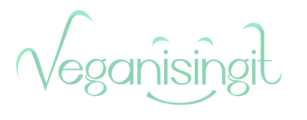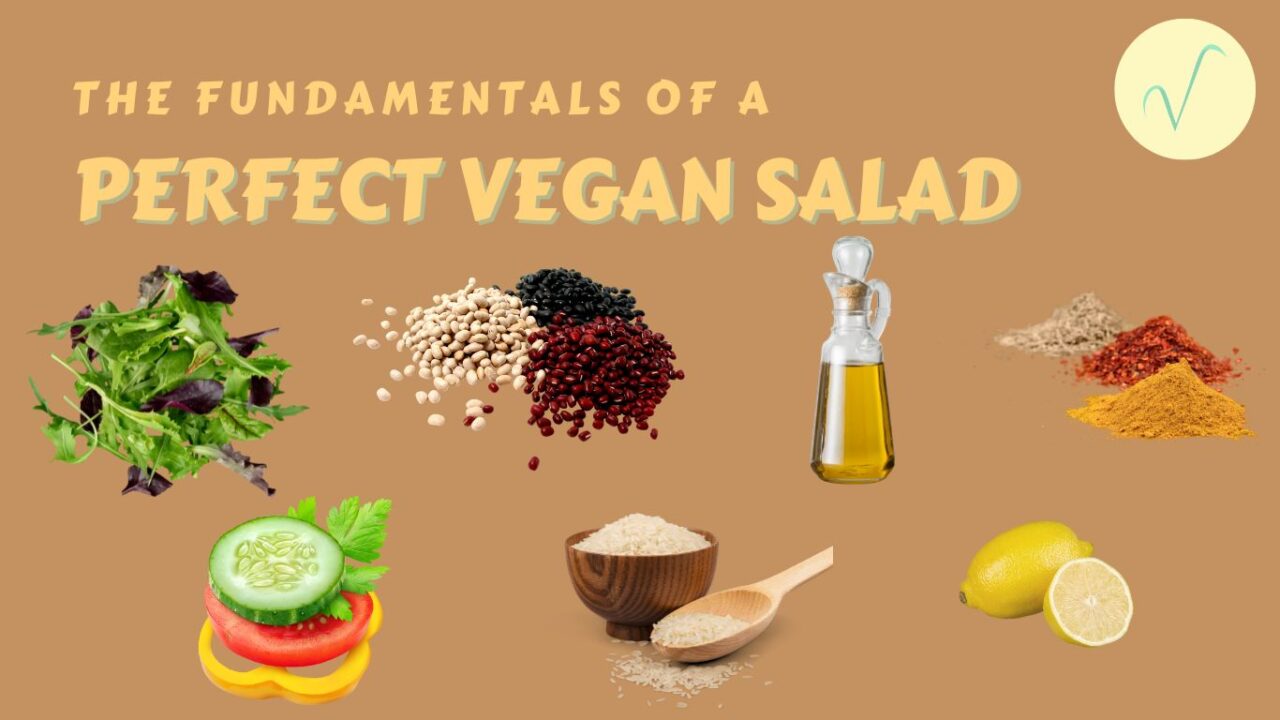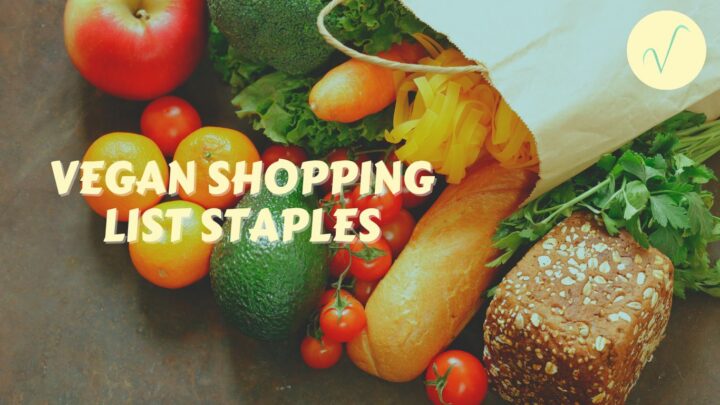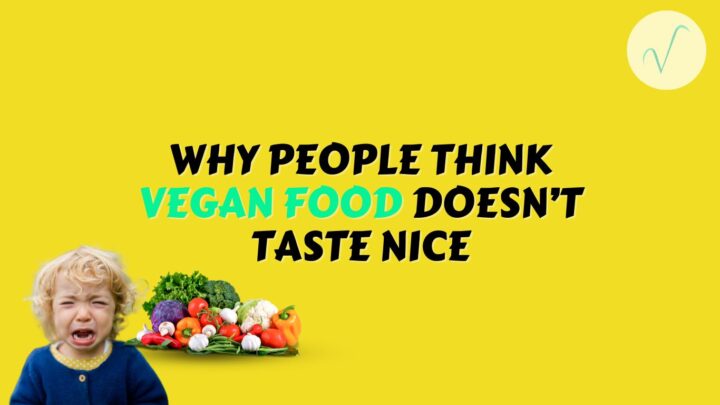It’s a widely known misconception that vegans only eat salad. I personally believe as a vegan, you’ve gotta have decent salad game, although there is much more to a vegan lifestyle than salads alone.
This post is going to go through how to make the ideal salad, the food groups and examples to use the next time you want to make a filling salad as a meal.
How to build a healthy vegan salad
The key components of a healthy, filling salad in general is a combination of greenery, veggies, protein, complex carbs and fats; more on each in a moment.
I think we can all agree that salads are typically lack luster – we’re trying to change that narrative so that people like you can make more healthy choices for themselves, in an easier way.
Let’s go through each part now.
Greens
The base of the salad, if you will, you want a good balance of roughage in there to carry the rest of the goodness. Greens are rich in vitamin K, a source of iron, and according to studies, green leafy veggies may help slow cognitive decline that comes with age.
Some example of green leafy greens you can incorporate include:
Kale
Lettuce (Iceberg, Romaine, Little gem, etc)
Mustard greens
Red cabbage
Rocket
Spinach
Swiss chard
These can either be used by themselves or combined to make a solid salad base. I love me some romaine lettuce and rocket.

Veggies
The bulk of the salad, the extra tasty crunch to boost the overall texture – These can be cooked or raw.
Eating veggies have been reported to help reduce risk of cardiovascular disease, as well as other studies reporting a reduced risk of stroke, dementia and cognitive decline with long-term consumption.
Some examples of tasty veggies to include in your next salad:
Beetroot
Bell pepper
Broccoli
Carrot
Cucumber
Horseradish
Mushroom
Onion
Snap peas (mange tout)
Tomatoes
I personally like a bit of thinly cut onion, bell pepper, cucumber & tomatoes, as a go-to.

Protein
For your protein source you can go for something more lean, or more carb-based such as beans or legumes. It’s important to include protein in most main meals , essential for the body’s ability to grow and repair.
Below are a few examples of protein sources you can add to your vegan salad:
Black beans
Black eyed peas
Chickpeas
Lentils (green, brown and black are best)
Tempeh
Tofu
Seitan
Soy pieces
My go-to tends to be lentils or chickpeas, when I’m eating salad as a meal.

Complex carbs
These are key for slow release of energy, and to add more to the filling factor. Great for weight control, and maintenance of blood sugar balance.
Some example complex carbs to add to a salad include:
Barley
Brown rice
Bulgur wheat
Butternut squash
Cous cous
Croutons (wholewheat)
Potatoes
Quinoa
Sweet potatoes
We recommend adding one carb source to each salad, considering they’re pretty filling!

Fats
Fat sources are great for two reasons, they’re tasty, and help with your intake of nutrients. A study shows that fat sources added to salads, in this case with salad dressing, actually improves the absorption of carotenoids.
Carotenoids work as an antioxidant, essentially improving the healing effect veggies have on the body.
Examples of some fats that can be used in salads:
Almonds
Avocado (or oil)
Ground flax seeds
Hemp seeds (or oil)
Olives (and extra virgin olive oil)
Pumpkin seeds
Sesame seeds (or oil)
Sunflower seeds
Vegan mayo
Vegan salad dressings
Walnuts
Be easy on the fats to start out as you don’t want to be counterproductive. A little bit goes a long way, especially if you use more than one of these.
Personally I prefer extra virgin olive oil with some type of seed, sometimes I have avocado and olives too, I try not to have both at once though!

…Also vinaigrette/citrus
I usually try to make my salads with either lemon juice, apple cider or balsamic vinegar. I personally do it for the taste, but you’d also be glad to know there’s health benefits in this small addition. When you consume vitamin C, it helps the uptake of iron.
Some examples of ingredients to add a little acidity to the mix:
Apple cider vinegar
Balsamic vinegar
Lemon juice
Lime juice
Malt vinegar
Rice vinegar
White wine vinegar
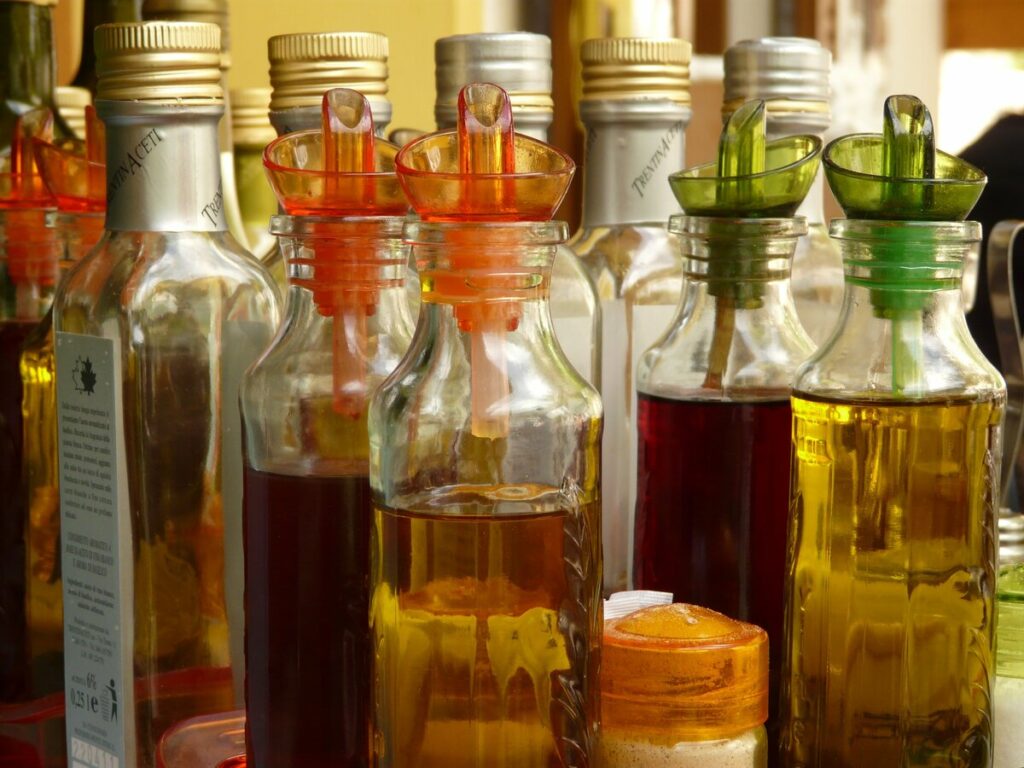
Hopefully these tips can help you as a new (or seasoned) vegan build a banging salad, to help keep you full and satisfied.
Don’t forget to season your salad with spices and herbs such as cayenne, garlic powder, onion powder, oregano, paprika, pepper, salt, etc. It’s still gotta taste good!
Do vegans just eat salads?
It’s commonly thought that vegans only eat salads, in reality this just simply isn’t true. Vegans have a wide variety of food options within the respective plant-based category, as well as many veganised “regular” foods commonly eaten by omnivores.

In short, we don’t just eat salads lol.
We hope you enjoyed this post on building the ultimate, healthy vegan salad. Feel free to bookmark this page for future reference, drop a comment with your thoughts and share with a friend, it means the world to us!
